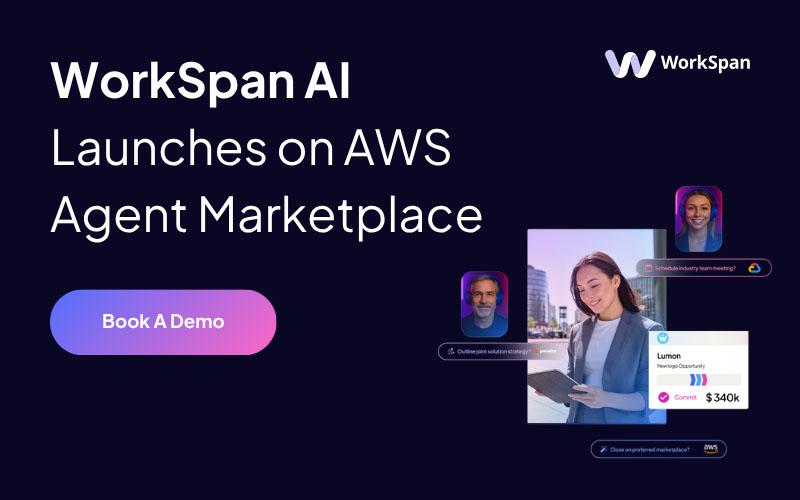
Ecosystems are driving unprecedented change in the business community. According to Accenture’s research, 76% of business leaders agree current business models will be unrecognizable in the next five years and connected ecosystems will be the main change agent.

Furthermore, Accenture’s report states,
“Every industry is susceptible to disruption by ecosystem plays—and those who aren’t ready are at risk for value degradation.”
Whereas conventional partnership models are siloed and only focus on linear one-to-one relationships, like those with a distributor or reseller; modern ecosystems allow businesses to build rich, meaningful, multi-directional partnerships that add value to businesses and consumers. These ecosystems provide the framework for collaboration across industries and have lead to exceptionally innovative products, services, and delivery systems. As more business leaders embrace strong ecosystems, the market demand increases exponentially. Nearly half of all CEOs have built or are building ecosystems to drive disruption in their industries, according to Accenture.This is a shift that I’ve seen from the front lines. In my 25 years of experience in the technology industry, I have built business models and run ecosystem partnerships that have resulted in more than $5 billion in revenue, integrating multiple technology partners and routes to market. And based on that experience, I have recognized three areas driving the transition toward integrated ecosystems. I call these agents of disruption the 3 Cs—Cloud, Consumption Models, and Connected Ecosystems.
1. Leveraging the Power of the Cloud
Cloud computing is one of the most significant changes to the business and information technology landscape in the last decade. And while many companies have embraced the advantages of the cloud—it’s ubiquitous, seamless, and offers global connectivity—disruption created by the adoption of the cloud will continue.Cloud technology provides the infrastructure for companies to access real-time information. As a result, software development timeframes are faster and more frequent. The cloud also shifted many companies’ mindsets about the fundamental goals of their business—many traditional companies are now some engaged sort of XaaS model.

Ecosystems leverage the power of the cloud by giving partners real-time access to the data and communication when they need it. Outdated, manual processes are replaced by streamlined cloud-based platforms that ensure all stakeholders have real-time access to data. Partners can truly collaborate on cloud platforms that offer easy alignment on joint marketing, sales, and operations. The speed and ease of cloud platforms mean customers and partners join a continuous feedback loop, which provides space for rapid innovation.
2. Fast-Evolving & Rapidly Changing Consumption Models
Customers have more choices than ever about how they consume products and services. Just as rapid changes enabled new products and services to be developed, the way customers receive and pay for those services is seeing a similar shift. Agile businesses meet consumer needs with secure, scalable, and customized options for purchase and delivery. This, in turn, is driving the rapid expansion of new markets across all industries. Think, for example, of ride-sharing, accommodation sharing, robotic process automation, artificial intelligence, and analytics. Uber, for example, would not be possible without a cloud-based robust ecosystem that links navigation, with text messaging, notification, automated billing, gift card procurement, targeted advertising, and a rating system for both drivers and consumers.

(Image source: thinkbiz.net )
As enterprise businesses change, a critical part of delivering these new consumption models is enabled by bringing on partners and channels that can spin them up quickly. This is where ecosystems and strategic alliances provide value—the partnerships do a lot of the heavy lifting and keep strategies nimble and ready for whatever changes the marketplace throws at them.
3. Connected Ecosystems and Changing Marketplaces
Today’s customers demand products and services that not only meet their needs today but also anticipate future needs and deliver consistently and reliably. According to research by The Rain Group, consumers are looking for businesses that bring new perspectives and ideas, collaborate, really listen to them, and understand all of their needs.Take for example the autonomous car market.

(Image source: smartcitiesworld.net)
Artificial Intelligence is enabled across the ecosystem to provide individual customization for drivers based on driving habits, commute routes, traffic patterns, and the use of 3rd party applications that integrate and customize the user experience. For example, linking Waze and Spotify enabled by voice recognition. This could not be possible for rapid prototyping and development without a connected ecosystem.

Most businesses do not have the infrastructure in-house to anticipate and provide these rapid-fire changes. But with a robust, connected partner ecosystem, they don’t need to.Ecosystems and alliances blur the lines of competition and marketplaces. For example, Boeing collaborated with 50 vendors to create the 777 aircraft. Sometimes, an ecosystem drives two competitors to collaborate to create a better product they can use together. In other words, ecosystem partnerships drive a value exchange and openness that moves everyone forward.Ecosystems are the way forward. They are the only model that allows business leaders to build with, market with, and sell with their joint collaboration partners. Ecosystem technology is building enormous opportunities for agile business leaders to capitalize on a more connected and collaborative marketplace—provided they have the tools in place and the mindset to do so. Cloud computing, changing consumption models, and connected ecosystems are not only the change agents of the new economy. If leveraged correctly, they are the answer for businesses looking to stay relevant in a rapidly changing business environment.




.jpg)

